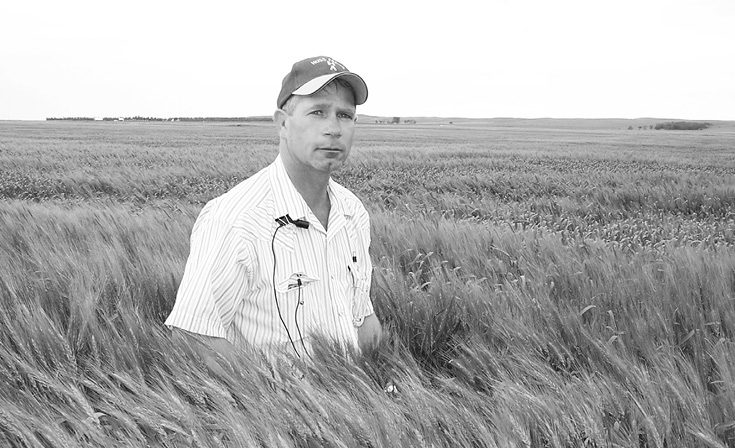No-Till Farmer
Get full access NOW to the most comprehensive, powerful and easy-to-use online resource for no-tillage practices. Just one good idea will pay for your subscription hundreds of times over.

NAME: Terry Huss
LOCATION: Faulkton, S.D.
YEARS NO-TILLING: 30
ACRES NO-TILLED: 6,000
CROPS NO-TILLED: Corn, soybeans, wheat
It doesn’t seem possible that I’ve been no-tilling for 30 years. I don’t know if you would call me a pioneer, but no-till was almost unheard of in north central South Dakota in 1979.
We were predominantly a wheat-growing area, trying to stretch our average 18 inches of precipitation over a short-season crop. I went through a steep no-till learning curve, with limited equipment and few crop protection chemicals.
What a difference today. No-till has grown here to where it’s the norm, rather than an exception. We have a choice of precision no-till planters and drills from several major manufacturers. New seed genetics and broad-spectrum pest control products give season-long protection.
As a result, no-till soybean and corn rotations have replaced a lot of wheat-fallow acres. In recent years, however, a lot of us have shifted back to wheat because we’ve learned how to get higher, more profitable yields. And, when I dropped out of wheat, I saw corn yields decline.
A more diverse rotation improves soil quality and water retention. And wheat stubble is a perfect place to no-till corn.
You are probably not going to save money in all aspects of your operation by no-tilling. At least I don’t. No-till can be more expensive in some cases. Your gain comes through higher yields.
For example, I have gradually increased plant populations to around 32,000 in the 20-inch rows…